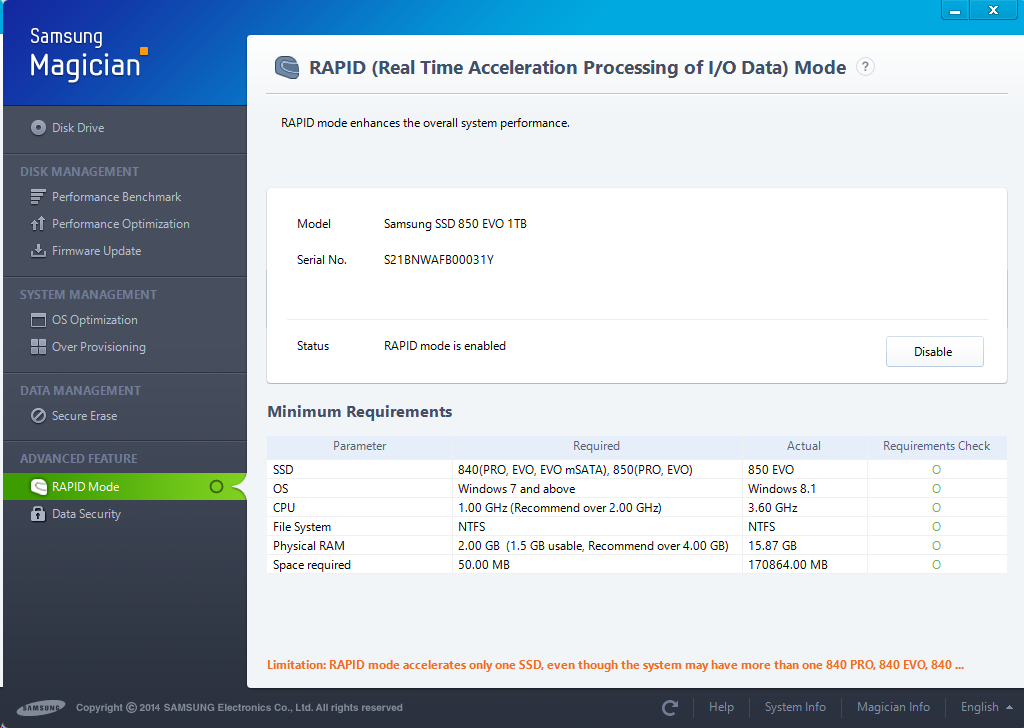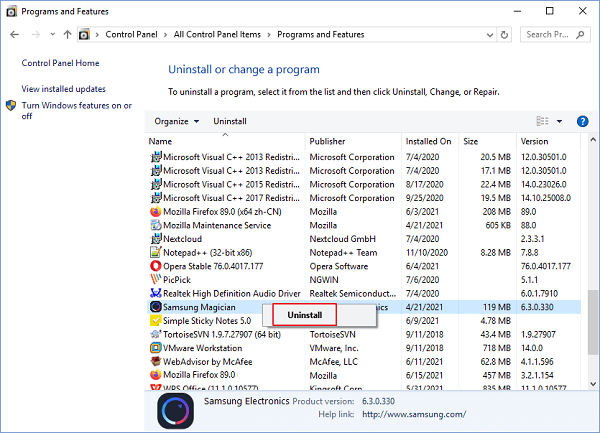
The software will list the compatible SSD drive connected to the computer.When booted from the USB drive you’ll see the following screen Restart the computer and boot from the USB drive.When finished it will prompt you to restart the computer.Click ‘Browse’ and select the drive from the list.Using the USB option, insert the USB drive into the computer.Now in the left hand menu select ‘Secure Erase’ – you will now need to create a bootable drive, you can do this using a CD/DVD or USB (note that this will erase all existing content from the USB drive).The state will change from ‘Disabled’ to ‘Ready to enable’.Under ‘Encrypted Drive’ click ‘How to enable’.enable BitLocker (required the Professional edition of Windows) or TrueCrypt (or similar third party paid software).



Without hardware level encryption you can still encrypt the data but performance is typically reduced. Hardware level encryption is where the hardware manages the encryption/decryption process of all data on the drive – this has a significant performance advantages and reduces read/write cycles that ultimately shorten the life of the drive. What is the hardware level encryption?Įncryption is the processing of taking data from its standard state and processing it so it is no longer readable without a ‘key’ to unlock it.

Here I hope to clear up some of that mystery and show how to enable the hardware level encryption. In fact, the more I looked into it I noticed that it’s not even enabled by default and there’s no clear instruction on how to enable it. The Samsung range of SSD drives boast about their hardware level encryption – but what surprises me is that there is so little detail about this feature.


 0 kommentar(er)
0 kommentar(er)
